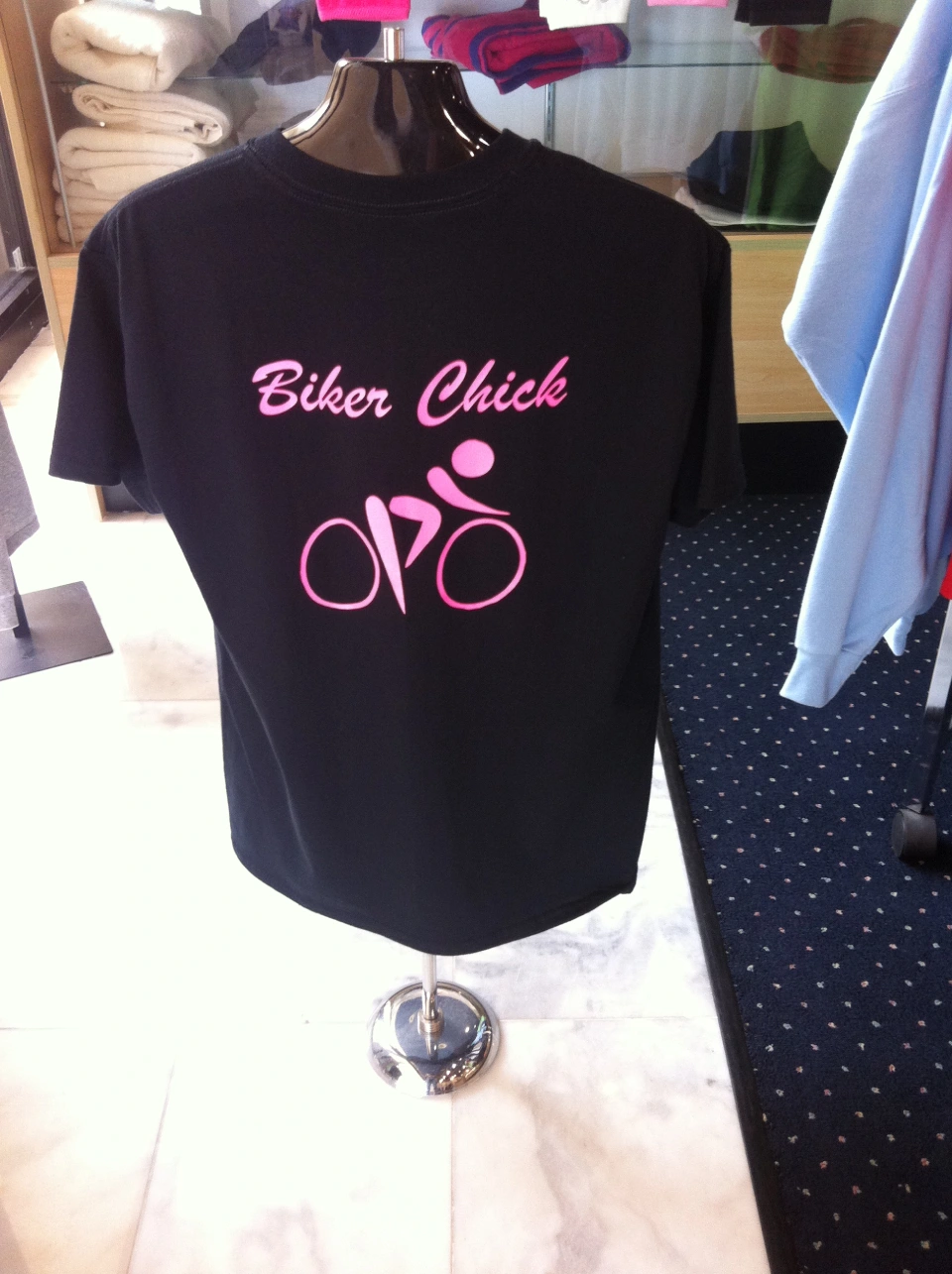The Art of Customized Embroidery: Opening the Secrets to Creating One-of-a-kind and Unforgettable Styles
Needlework, a craft soaked in practice and creativity, holds within its elaborate stitches the power to change textile into a canvas of one-of-a-kind expression. The keys to producing personalized needlework layouts that astound the eye and leave a long-term impact depend on a delicate equilibrium of strategy, creative thinking, and attention to information. As we delve right into the world of personalized needlework, we reveal the nuanced interplay between thread selection, stitch intricacy, and layout personalization that raises a simple garment to a job of art. Join us on a trip via the art of custom-made needlework as we decipher the enigmas behind crafting truly memorable and unique developments.
Picking the Right Embroidery Threads
When selecting needlework threads, what key elements should you consider to ensure the very best results for your customized layouts? The option of needlework thread is essential in establishing the final result of your stitched layout. Among the key considerations is the product of the string. Various materials such as cotton, polyester, rayon, and silk supply varying degrees of luster, longevity, and texture. It is important to choose a string material that matches the textile you are embroidering on and lines up with the desired look of the design.
Additionally, the weight or density of the thread plays a significant duty in the appearance of the needlework. Thicker threads can include dimension and appearance to your layout, while finer threads are suitable for intricate details and little message. Additionally, thinking about the shade fastness and washability of the string is critical to ensure that your custom layouts keep their top quality and vibrancy in time. By very carefully evaluating these aspects and picking top quality strings that fulfill your certain demands, you can improve the aesthetic charm and durability of your stitched developments.
Checking Out Various Stitch Methods
To dig into the realm of 'Discovering Different Stitch Techniques', one need to comprehend the complexities and nuances that each sewing technique offers the art of needlework. Various stitch methods not only add visual passion however also add to the total structure and dimension of the design. One popular stitch strategy is the satin stitch, which involves carefully jam-packed parallel stitches to produce a smooth and shiny surface area, suitable for filling out forms and developing bold lays out.
On the various other hand, the backstitch is a functional technique commonly utilized for detailing and adding great information. It includes sewing backwards to produce a strong line of embroidery. Additionally, the French knot stitch adds a responsive component to designs, ideal for creating helpful resources textured accents like flower facilities or attractive touches.
Discovering different stitch methods enables embroiderers to have fun with light, shadow, and deepness within their styles, raising the visual appeal and imaginative high quality of their embroidery tasks. By understanding numerous stitching techniques, one can unlock countless opportunities for developing unique and memorable custom needlework items.
Incorporating Personalized Layout Elements
Having actually discovered the ins and outs of different stitch strategies such as the satin stitch, backstitch, and French knot, the focus now shifts towards including personalized design elements in customized embroidery projects. Individualized layout components play an important duty in making needlework projects truly one-of-a-kind and remarkable.
Another means to integrate individualized style components is by consisting of symbols or motifs that hold special significance to the recipient or reflect their passions and character. Incorporating a preferred blossom, animal, or hobby-related icon can make the embroidery layout more meaningful and individualized. Furthermore, choosing colors that resonate with the recipient or align with the intended theme can better boost the personalization of the embroidery project.
Grasping the Art of Shade Coordination
One trick aspect of shade coordination is comprehending color theory. This includes understanding how various colors communicate with each other, the emotions they communicate, and how they can be integrated to produce visually enticing layouts. By using color theory concepts, embroiderers can create unified color palettes that improve the overall appearance of the style.
Furthermore, paying attention to contrast is essential in shade coordination. Making use of contrasting shades can assist particular aspects of the layout pop, enhance legibility, and develop an aesthetically vibrant see page needlework piece. By mastering the art of shade sychronisation, embroiderers can boost their layouts and create unforgettable items that resonate with clients and viewers alike.
Enhancing Appearance With Advanced Needlework Stitches

Bullion knots, on the other hand, can be used to develop twisted, ropelike aspects that add a lavish feeling to the embroidery. Exploring with these innovative embroidery stitches allows you to press the boundaries of conventional embroidery and produce really one-of-a-kind and visually appealing textures in your designs.
Conclusion
In final thought, the art of personalized embroidery entails a combination of picking the best strings, discovering numerous stitch techniques, incorporating personalized layout elements, understanding shade control, and boosting texture with innovative stitches. By understanding and executing these crucial elements, embroiderers can create distinct and remarkable layouts that display their creativity and skill. Needlework enthusiasts can open the keys to developing attractive and bespoke items that stand out and leave an enduring impact.